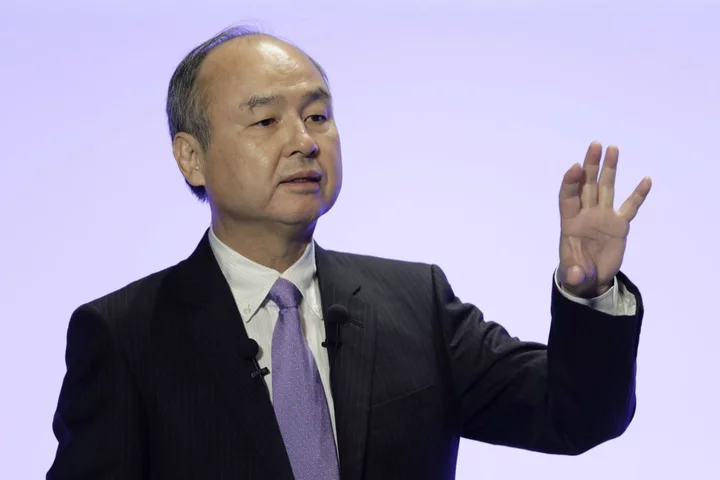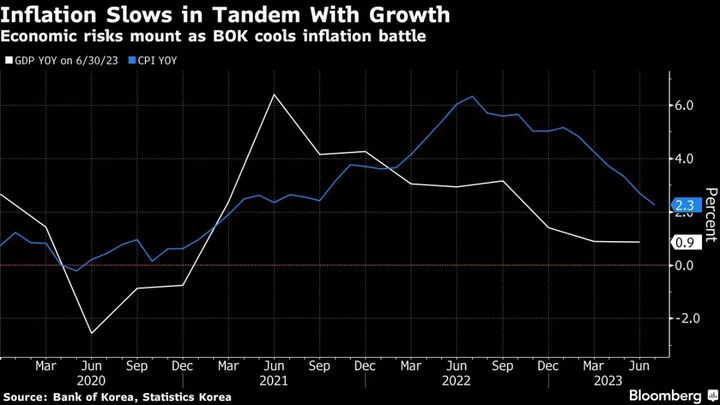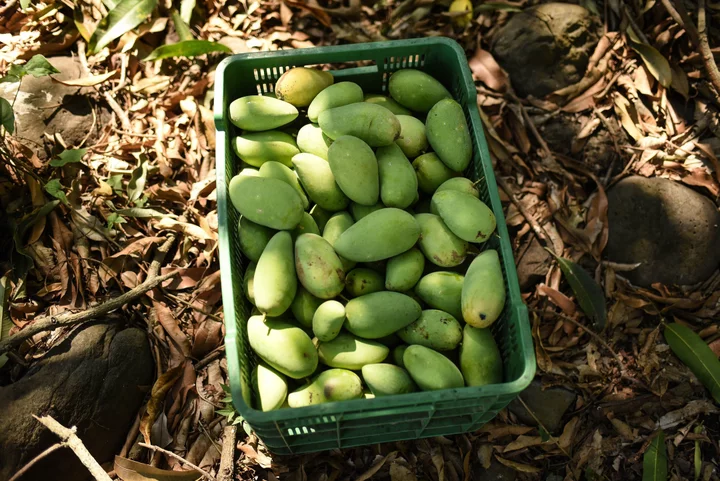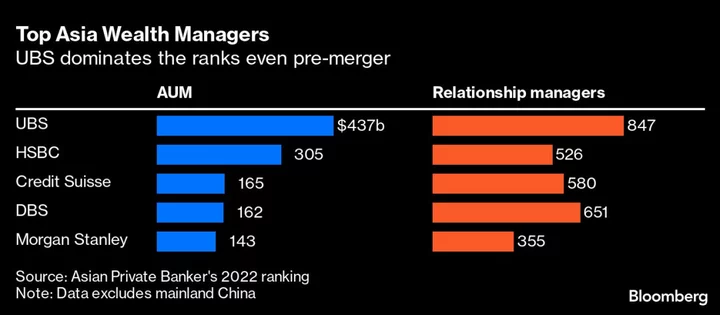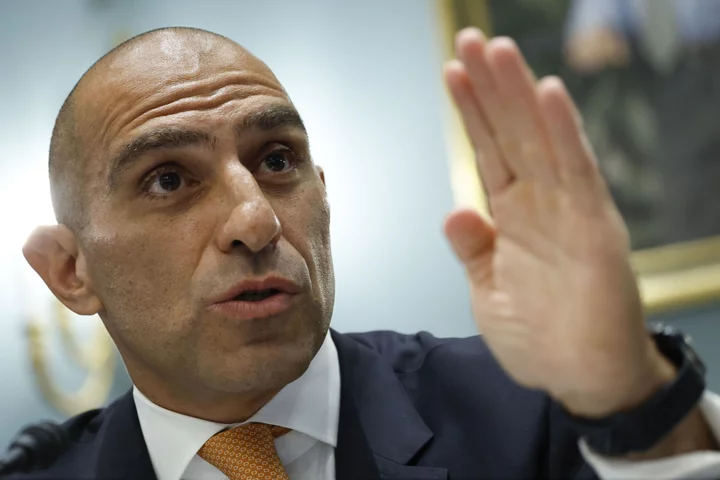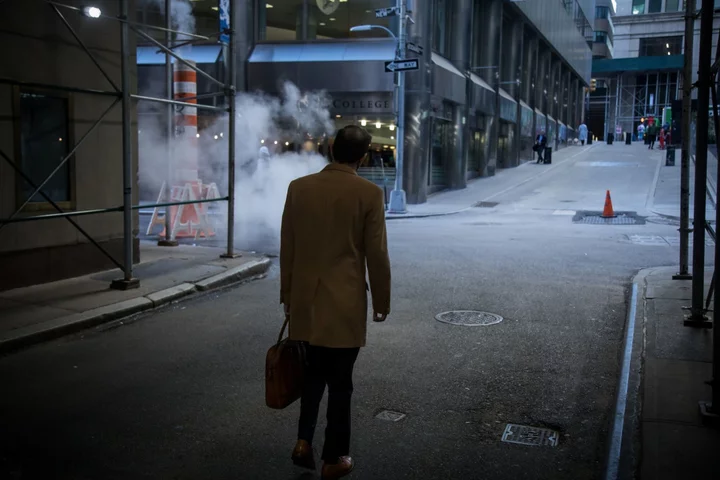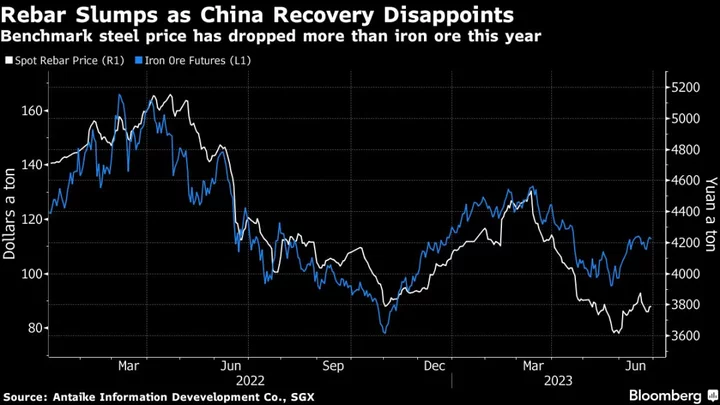Spending and travel over China’s Golden Week holiday undershot official expectations for growth, adding pressure on policymakers to be more aggressive with stimulus.
The nation recorded some 826 million domestic trips over the eight-day holiday that started Sept. 29, bringing in 753.4 billion yuan ($103 billion), official data showed. While much higher than 2022 — when the country was still largely contending with some of the world’s strictest pandemic controls — the figures fell short of government estimates for nearly 900 million trips generating 782.5 billion yuan.
“The National Day golden week tourism data suggest the services recovery has decelerated but continues,” economists at Goldman Sachs Group Inc. wrote in a Sunday research note. “We believe additional policy easing will be necessary for further recovery in consumption and services, especially given the continued property downturn and still-dampened confidence.”
Other key sets of data released during the break also signaled that while the broader economy is on the mend, it’s far from roaring back. Some sectors have lost momentum in recent months, and ongoing turmoil within the property sector remains a big drag.
Traders had been pinning their hopes on a holiday consumption boost to provide a new catalyst for the sluggish stock market. The CSI 300 Index — a benchmark of onshore Chinese stocks — was down 4.7% for the year before heading into the break.
The People’s Daily, the mouthpiece of the Communist Party, ran two front-page reports over the weekend saying the Golden Week figures showed the economy’s resilience.
“The prosperity and vigor during the holiday shows the Chinese economy’s sustained growth, and its recovery trend,” the newspaper said on Sunday.
While the data were strong compared to last year — domestic trips surged 71% from 2022 while revenue was up nearly 130% — the gains were modest compared to pre-pandemic levels. Trips rose just 4.1% from 2019, while spending inched up 1.5%.
The 2019 Golden Week lasted seven days, as the mid-Autumn festival did not coincide with the National Day celebrations, which this year boosted the length of the holiday by one day.
Border entries and exits, meanwhile, totaled about 11.8 million over the holiday, just 85% of the corresponding period in 2019, according to the National Immigration Administration.
What Bloomberg Economics Says ...
“Analysis of post-Covid spending trends and drivers reveals cause for concern – consumption may never return to its pre-pandemic path. Unless the government can instill more confidence in consumers, the economy will continue to suffer from a loss of power in a critical engine of growth.”
— Chang Shu and David Qu, economists
Read the full report here.
Local movie box office sales fell 39% from 2019 levels to 2.7 billion yuan, according to data from ticketing platform Maoyan Entertainment.
Despite the overall sluggish growth from 2019 levels, people appeared to be more willing to spend in major Chinese cities. Tourism revenue in Beijing rose nearly 22% from 2019, while the number of trips to the capital from non-residents surged around 13% from that year.
Shanghai authorities said the city’s tourism industry had “basically” returned to 2019 levels, state-run China National Radio reported. About 9.3 million trips were made to major attractions in Shanghai, up 25% from last year, the report said.
That report did not provide 2019 numbers, though local media cited the city’s tourism authorities saying at the time that about 7.29 million trips to Shanghai attractions were made during the holiday in that year.
--With assistance from Jane Zhang, Stanley James, Fran Wang and Alan Wong.


